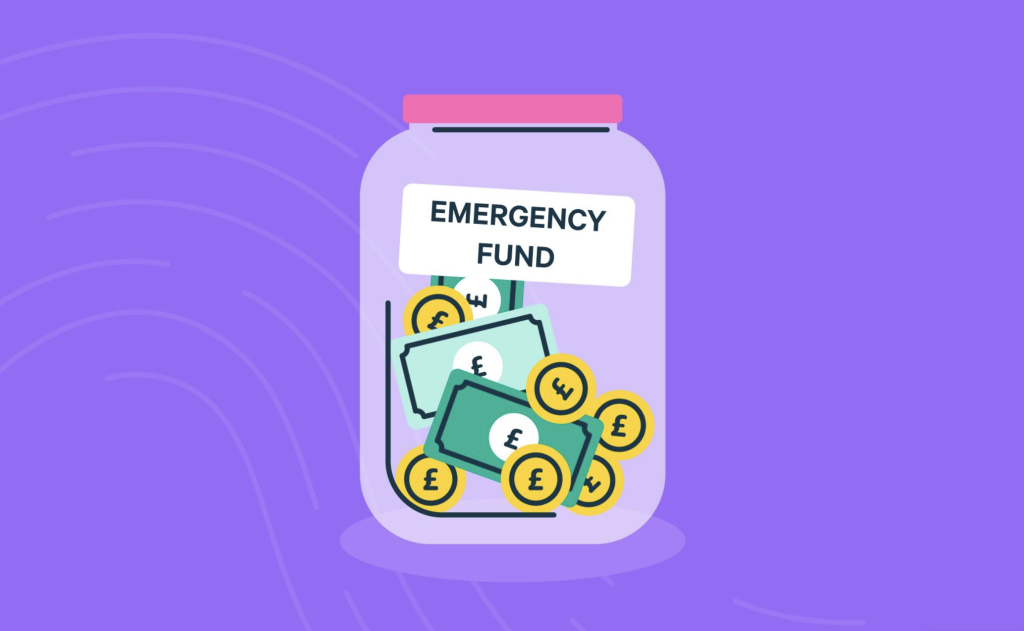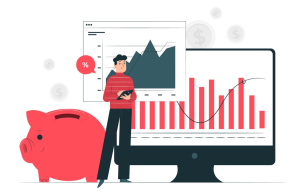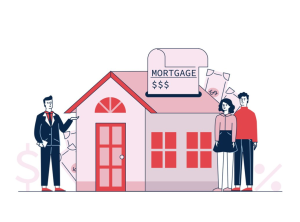Navigating the dance of personal finance, few partners are as essential as the emergency fund. It’s that safety net that cushions the fall when unexpected expenses come knocking. But how much cash should you stash away in your financial cushion? Let’s embark on a journey to uncover the secrets of crafting the perfect emergency fund tailored to the dynamic landscape of the United Kingdom.
Deciphering the Ideal Emergency Fund:
- Calculating Monthly Living Expenses: The first step in crafting your financial fortress is to calculate your monthly living expenses. This includes everything from rent and groceries to utilities and Netflix subscriptions. Be meticulous – every pound counts.
- Detail-Oriented Budgeting: Break down your expenses into categories to understand where your money is going each month.
- Consider Variable Costs: Account for occasional expenses like car repairs or unexpected nights out.
- Understanding the Rule of Thumb: Financial gurus often advocate for saving three to six months’ worth of living expenses. However, this rule might not fit all. Consider factors like job stability, industry fluctuations, and personal comfort.
- Job Security Analysis: Assess the stability of your employment and industry. Those in stable fields might lean towards three months, while those in more volatile sectors may opt for six months or more.
Navigating UK-Specific Factors:
- Healthcare Considerations: In the UK, healthcare is often covered by the NHS, but what about unexpected dental bills or alternative therapies? Factor in potential healthcare costs, including unforeseen circumstances.
- Dental and Optical Costs: These can catch you off guard. Include them in your calculations.
- Private Health Insurance: If you have it, consider its coverage and deductible.
- Transportation Hiccups: For many in the UK, reliable transportation is a must. Whether it’s your car or that annual train pass, unexpected breakdowns or fare hikes can impact your budget.
- Emergency Car Repairs: Budget for potential breakdowns or repairs.
- Public Transportation Contingency: Allow for fare increases or unexpected changes in your commuting costs.
Tailoring Your Fund to Personal Circumstances:
- The Freelancer’s Dilemma: If you’re a freelancer or part of the gig economy, your income might fluctuate. In this case, a more substantial emergency fund can provide peace of mind during lean months.
- Variable Income Planning: Consider saving for the lowest-earning months to smooth out the bumps.
- Client Payment Delays: Allow for delays in client payments or unexpected gaps in gigs.
- Homeownership Hurdles: For homeowners, unexpected home repairs can send your budget spiraling. A dedicated fund for household emergencies can prevent financial stress.
- Boiler Breakdowns and Leaky Roofs: These are part of homeownership. Save specifically for unforeseen home repairs.
- Insurance Gaps: Ensure your home insurance covers potential issues and supplement with your emergency fund as needed.
Building Your Financial Fortress:
- Start Small, Grow Steadily: If the thought of saving six months’ worth of expenses is daunting, start small. Even setting aside £50 a month can make a difference over time.
- Consistent Contributions: Regularly contribute to your emergency fund, even if it’s a modest amount.
- Automate Savings: Set up automated transfers to your emergency fund to ensure consistency.
- Emergency Fund vs. Investment Goals: Striking a balance between your emergency fund and long-term investments is key. Understand your financial goals and find the equilibrium.
- Short-Term vs. Long-Term Goals: Distinguish between your emergency fund and funds earmarked for long-term investments.
- Risk Tolerance Analysis: Assess your comfort level with risk to determine your investment strategy.
Conclusion:
In the symphony of financial planning, the emergency fund plays a crucial note, offering harmony and peace of mind in times of discord. Tailoring your fund to your unique circumstances and the specifics of the UK’s financial landscape is the key to financial resilience. Remember, it’s not just about the amount but the comfort it brings, knowing you have a financial safety net to weather any storm.






